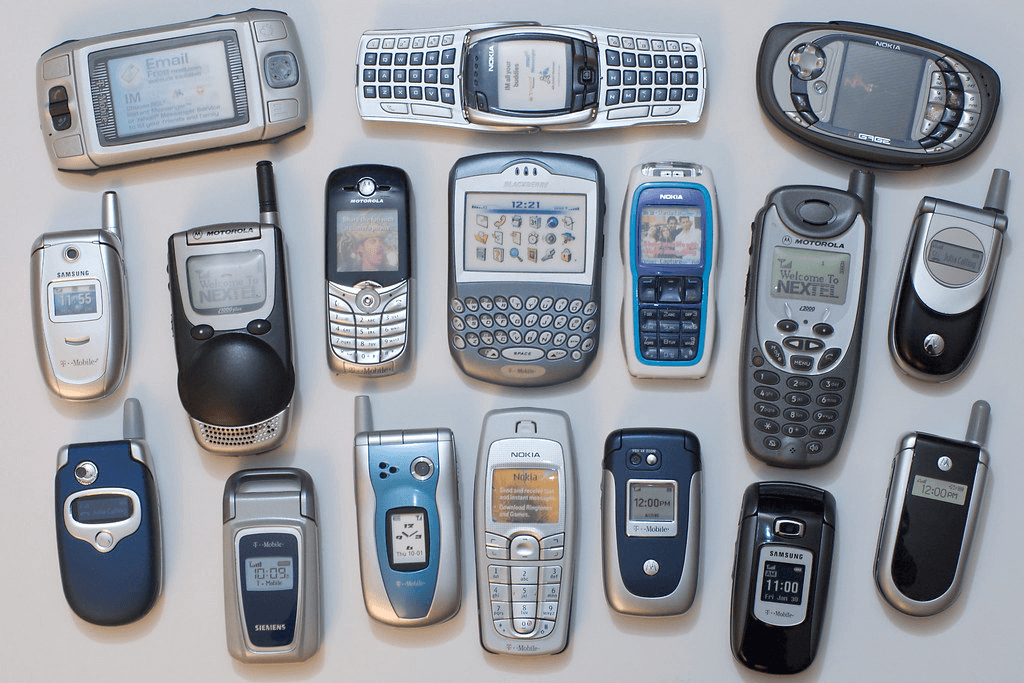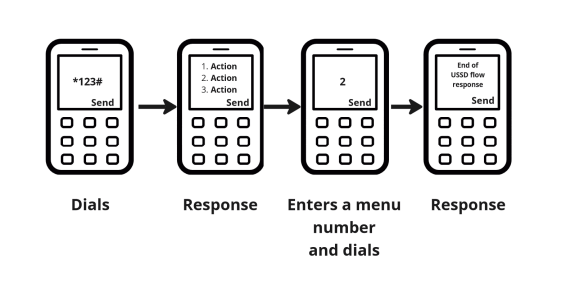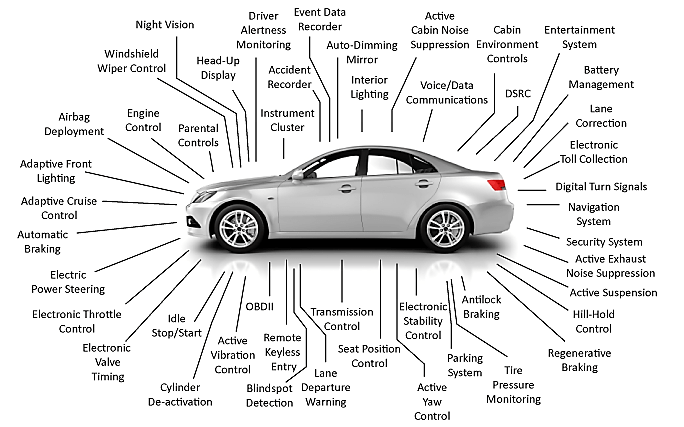What is USSD (and who cares)?
Lagos. It’s hot outside, the city is buzzing and you have somewhere to be. So, you hail a cab, and this is where it starts. You get to your destination, you pay with your phone. The cab driver confirms your payment with his phone. The driver then transfers money to his mother who lives in Abia with his phone. Across the continent, nearly 4,000 km away in Nairobi, a mother gets home from work and realizes they’re almost out of the bioethanol they need to cook dinner. So she heads to a KOKOpoint (an ATM for cooking fuel) to top up their bioethanol for the evening with her phone. All of this just happened without an internet connection using hardware that costs less than $20 USD.
Remember these?

If you do, that’s probably the last time you used USSD (Unstructured Supplementary Service Data). Activating a SIM, checking your balance, topping up minutes, buying a ringtone, making a charitable donation—these all happened via USSD (not to be confused with SMS). A standard developed in the early 90s as part of the GSM Technical Specification, which allowed for real-time, session-based communication between mobile devices and your mobile operators network services via simple menu driven-interfaces.
And if this all sounds foreign to you, here’s how it works at a high-level. Someone with a feature phone makes a request (something like this *123#), the message traverses their mobile network to a USSD gateway that routes the request to the appropriate application server based on the short code (that *123#). The server then responds back through the same path with a menu that users can interact with. It’s a stateful session with pretty short timeouts. But it’s fast, cheap to operate, and only requires 2G connectivity.

Then came internet-connected smartphones, and for many of us USSD fell out of favor for modern interfaces that more closely resembled our desktop experiences, eventually evolving into the mobile first designs that we see today. Nothing probably shows this better than banking. (When was the last time you wrote a check?)
We move money around so frequently, so quickly, and so easily, both from our traditional bank accounts and digital wallets (Venmo, Cash, Zelle, Tikkie) that it’s hard to imagine anything else. Yet, large portions of the world still don’t have access to reliable internet or smart phones. In Sub-Saharan Africa, mobile internet penetration sits at just 27%. They do however, have feature phones; and lots of them.
Rather than letting access or hardware be a limiting factor, there are massively profitable businesses, like M-Pesa, Moniepoint, Mukuru, and OPay that have taken USSD, an old, yet ubiquitous messaging standard, and ingeniously turned it into a front-end for user transactions that rival the scale of their Western counterparts. M-Pesa alone processed over $100 billion in 2024, while Moniepoint handled 5.2 billion transactions worth $150 billion.
To be crystal clear, these companies aren’t stuck in the past. Behind those simple USSD interfaces, they’re building sophisticated cloud architectures. M-Pesa uses machine learning for real-time fraud detection while handling 4,000 transactions per second, with Safaricom leveraging AWS for their cloud infrastructure. KOKO Networks operates what’s described as Africa’s largest deployment of IoT technology for consumer fuels, with each of their 700+ fuel stations connected to their cloud platform, sending real-time inventory data and enabling demand forecasting. This isn’t a story of technology limitations causing hardship. It’s about builders who are focused on technology that is suitable, not shiny.
"The limitations of materials are honesty in design. What you can't do is as important as what you choose to do." - Santiago Calatrava
While the ultimate goal of < $100 USD smartphones and universal connectivity is noble, it’s not the reality of today. 55% of mobile users in Sub-Saharan Africa are on 3G and it’s estimated that a third of connections will still be 3G in 2030. There are hundreds of millions of people who cannot wait for technology to catch up to their everyday needs. They need to buy groceries today, not tomorrow. They need to buy fuel this week, not at the end of the month. As long as this gap exists, the builders who understand this urgency will keep finding ways to bridge it with the tools that actually work for their communities and they’ll turn a profit while doing it. While not always obvious, this is tech for good.
Some closing thoughts
Many of us have heard the acronym KISS, keep it simple stupid. A phrase that originated from the US Navy in the 1960s. Honestly, I don’t like it. Simplicity is hard. And you’re not stupid if you don’t get it right on the first try. However, I do strongly believe that as builders we need to be relentless in asking: are we truly keeping things simple for our customers? Simple to maintain? Simple to update? Simple to explain?
Think about a car. Under the hood, it’s a complicated beast. A mix of mechanical and electronic components, sensors, computers, all working together.

But as a driver, the interface hasn’t changed much in nearly a century. A wheel, some mirrors, a few pedals, and a shifter (a clutch if you drive manual). You don’t need to understand fuel injection or anti-lock braking to get where you’re going. The same principle applies here. USSD might look primitive next to a smartphone app, but it works on every phone, requires no data plan, and your grandmother can use it without an in-depth tutorial.
Not everything needs to be engineered to the level of Apollo 11’s guidance computer. Sure, it’s a pinnacle of constraints-driven design using a measly 4KB of RAM to get astronauts to the moon and back safely. But that’s bespoke engineering for an extraordinary mission. The best engineering blends into the background of everyday life. You don’t think about driving your car or paying for groceries. No one writes headlines when someone sends money from Lagos to Kigali or uploads a file to S3. When technology works so well that it’s practically invisible—that’s probably the best compliment you can get.
As builders, it’s our job to abstract away the complex, to find elegant solutions for hard problems. And when we get it right, it can be a beautiful thing. But we need to avoid the temptation to engineer for the sake of engineering, and to always work backward from the needs of our customer.
That’s why what’s happening in Sub-Saharan Africa isn’t just impressive in a regional context, it’s a blueprint to build more resilient, efficient, cost-aware systems anywhere in the world.
Now, go build!